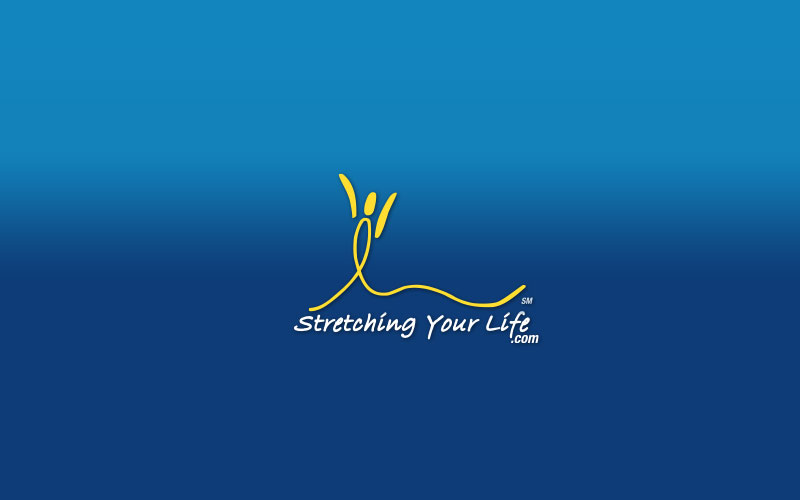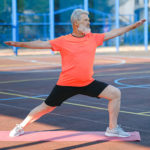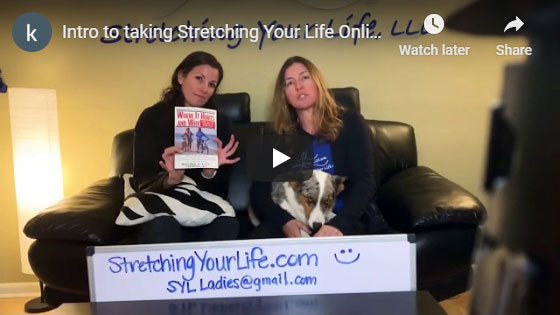Gain Flexibility with Expanded Concept of Stretching
Gain Flexibility with Expanded Concept of Stretching
I know, I know, here we go again — another article on stretching. Do you belong to the “stretching doesn’t work” club? We need to bust the myth that stretching provides no benefits. To do this, we first need to understand the basic, but misunderstood, science of stretching.
The most common type of stretching is static stretching. This is a physiological type of stretching that is passive and prolonged (usually 5 seconds or longer). This forceful movement, by way of a protective mechanism, causes a tightening of the muscle tissue. This “tug of war” with your muscles reduces blood flow and slows your brain’s ability to communicate with muscles. It can often cause discomfort or leave you feeling sore. If you are in chronic pain or trying to improve performance, this doesn’t sound too inviting, does it?
While there has been some success with static stretching, may individuals suffering from pain or repetitive stress injury are turning to an alternative and less invasive form of stretching. Active Isolated Stretching, the Mattes Method (AIS). AIS is a form of dynamic stretching involving a working group of muscles (agonists) and an opposing group of muscles (antagonists). The AIS technique involves holding a stretch for 2 seconds and assisting yourself with the use of a cord or with a therapist properly trained in the work. This 2-second hold stretch is repeated 8 to 10 times.
Unlike static stretching, AIS excites the brain’s ability to communicate with the muscles and does an incredible job pumping blood through the body. For example: while lying on the floor, place a 7-foot piece of cord under the ball of your foot. Tighten your quadriceps muscle (Keeping the knee straight) and life the leg, using our cord to help. As your leg approaches a comfortable range by way of the agonist (the quad) group, you gently assist yourself with the cord, challenging yourself with a one-degree greater range of motion.
The question remains: Is stretching effective in accomplishing its goals of prevention and recovery from injury and overall health of the muscle tissue? The answer is YES. Over a prolonged period of time, static stretching can lengthen muscle and fascia but not without consequences.
AIS, however, restores the health of the muscle tissue and lengthens the muscle with immediate results. Because of this restorative result, AIS has been studied for use in specific rehabilitation by the National Institute of Health, under tutelage of Aaron Mattes. AIS is a gentle stretching technique that is effective in assisting the body during the healing process.
Stretching, when done properly, stimulates the nervous system, helps prevent injury, decreases muscle soreness and acts as a catalyst to balance the body during during the rehabilitation process.
Begin an AIS regimen today and you can bring new life and elasticity to your muscles!




